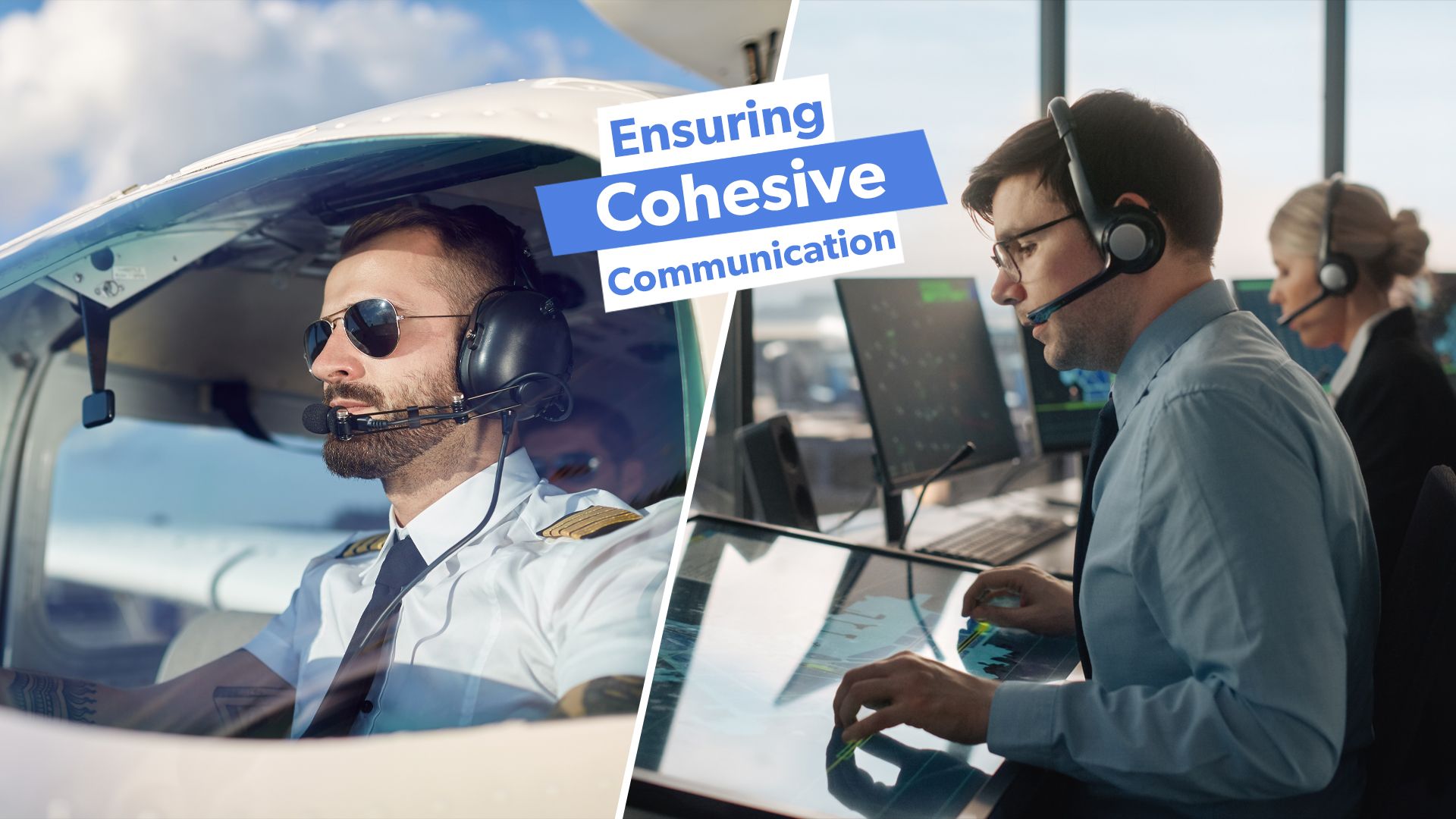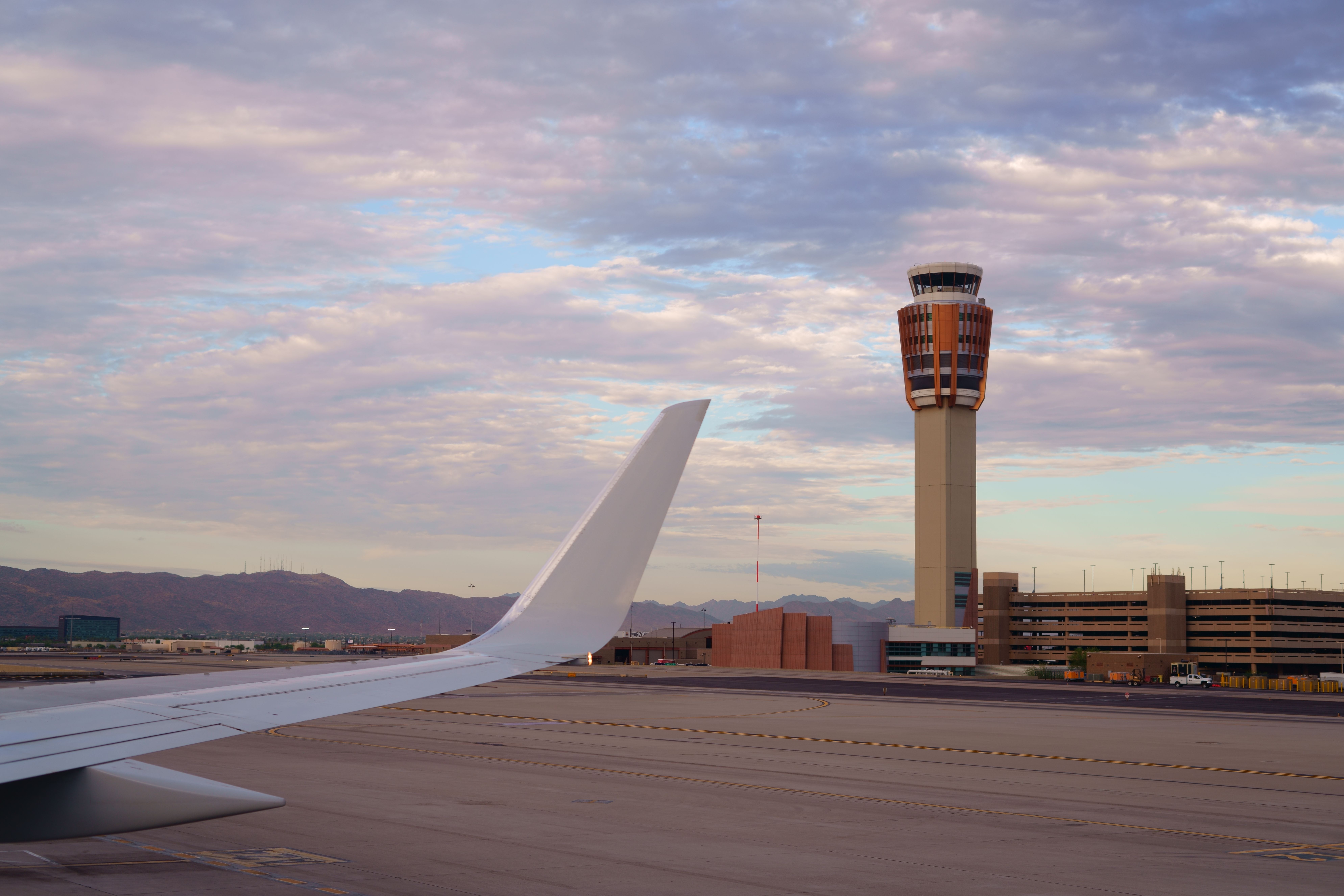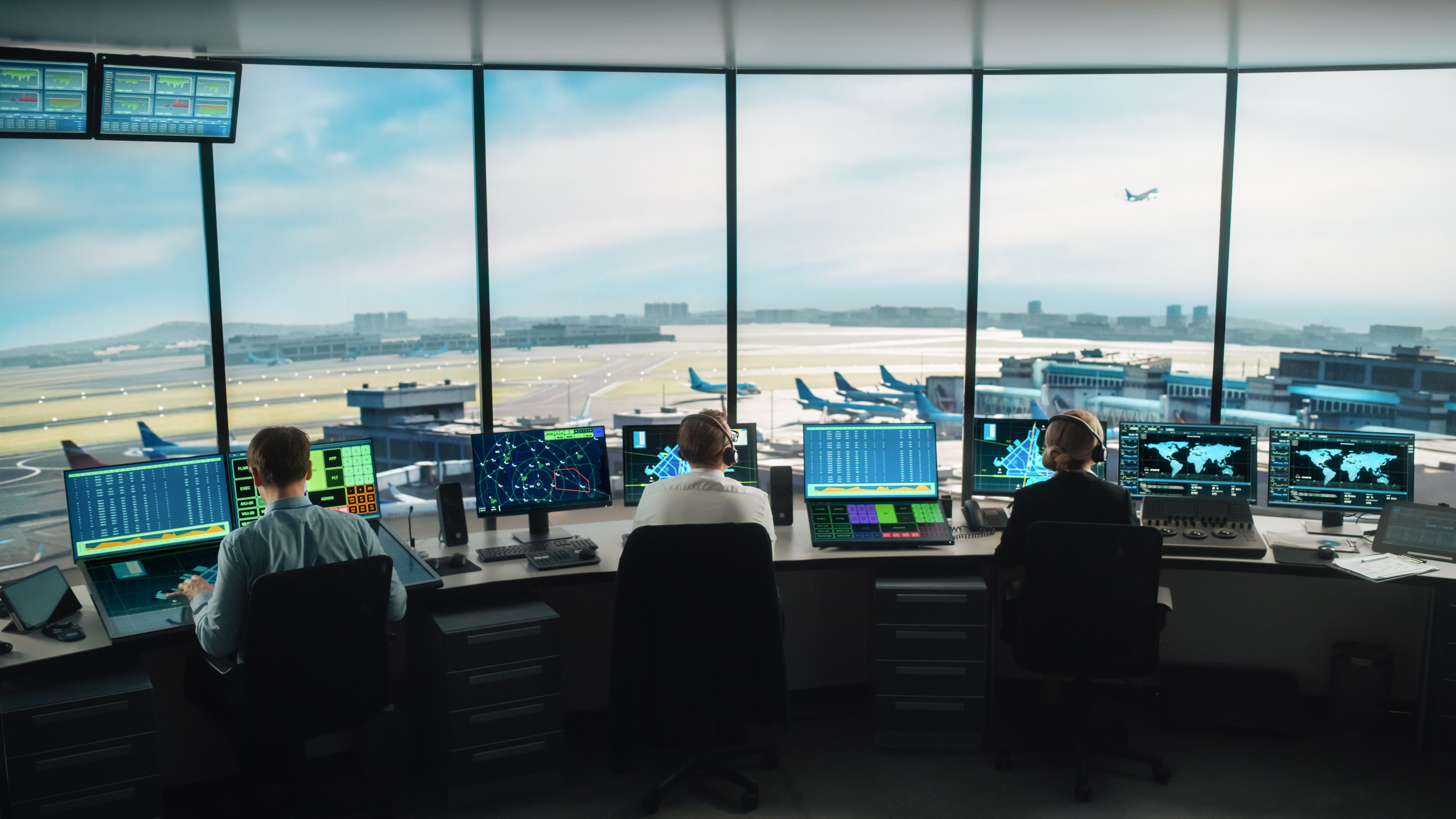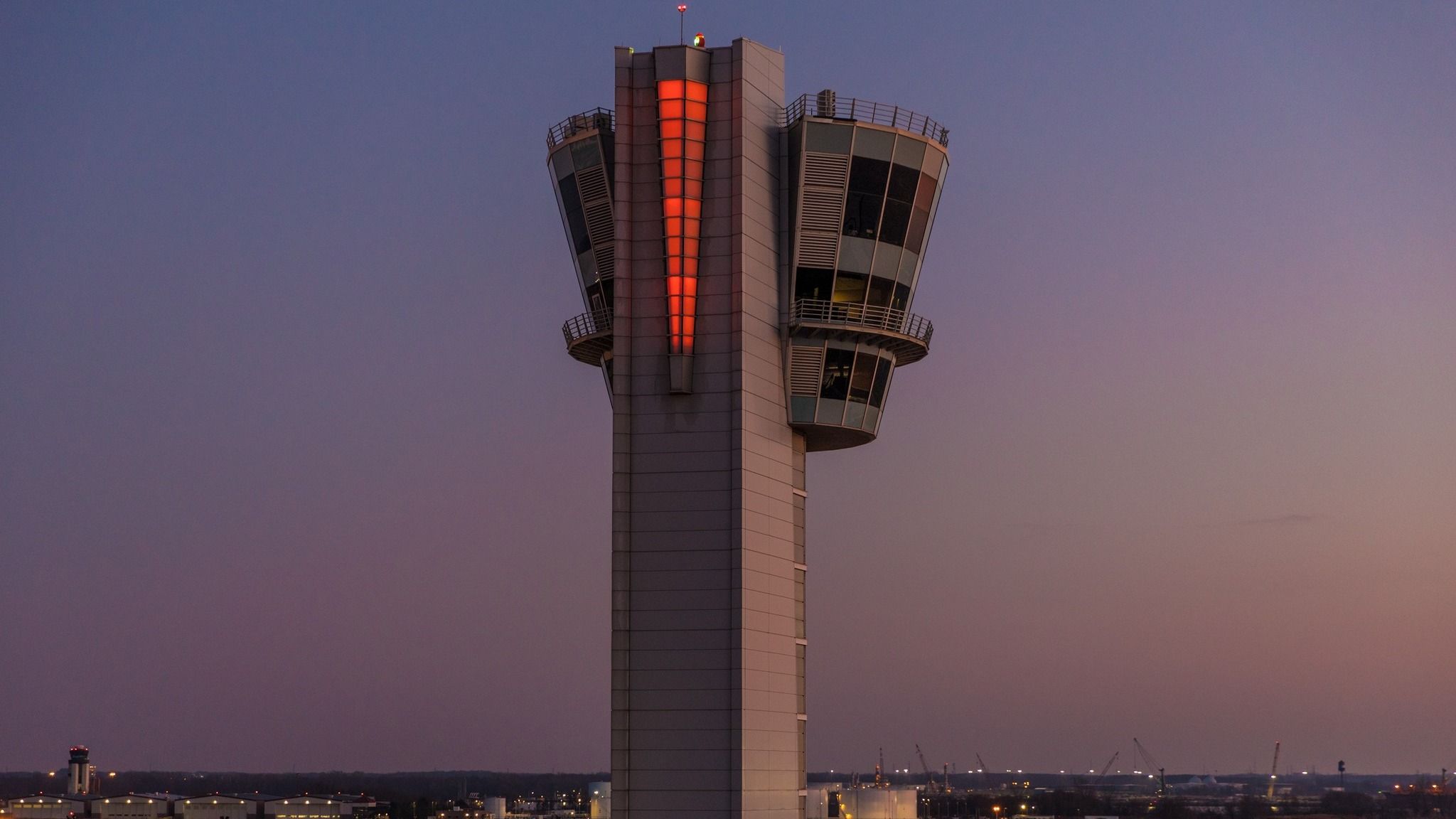Summary
- Deliver, repeat, execute: Air traffic controllers ensure clear communication by making pilots repeat instructions, crucial for avoiding mistakes.
- Legal requirements: Phraseology ensures that the correct crew receives the right instructions, reducing the risk of errors in air traffic control.
- Safety first: Miscommunication between pilots and ATC can have fatal consequences, emphasizing the importance of following clear communication guidelines.
When it comes to air traffic control (ATC), the communication process between pilots and controllers follows three key steps: delivering the message, repeating it back, and carrying it out. This system is designed with precision to keep errors to a minimum, ensuring everyone stays on the same page.
There are several tools in place to make sure these exchanges are clear and effective. However, when miscommunication happens — whether a message isn’t properly delivered or a readback is incorrect — it can lead to confusion or, in worst-case scenarios, safety risks. Understanding how these tools work and what happens when they don’t is crucial to keeping the skies safe.
Phraseology
When an air traffic controller gives an instruction, it’s up to the monitoring pilot to repeat the important details back, making sure to include the flight’s call sign at the end. If the call sign is missing, the controller will typically ask the pilot to confirm their flight number or issue the instructions again. This isn’t just a casual reminder — it’s actually a legal requirement for the controller to make sure the clearance is acknowledged correctly.
The video below from the Federal Aviation Administration (FAA) explores some of the words and phrases a pilot might encounter:
The purpose of this process is to ensure that the right crew gets the right instructions. By hearing their own flight number, both the crew and the controller can be confident that there’s no mix-up. It’s a key part of a controller’s job to verify that the message has been delivered and understood exactly as intended, leaving no room for error.
Photo: K I Photography I Shutterstock
Air traffic controllers have detailed guidelines covering every part of their job, from how to keep planes safely separated to the specific phrases they should use, and even the boundaries of the airspace they manage. For controllers in the US, all of this is laid out in a document known as Order 7110.65W, though most just call it “.65” or simply “the bible.” On the pilots’ side, their rules and regulations are outlined in the FAR/AIM, which stands for the Federal Aviation Regulations and Aeronautical Information Manual.
The AIM even includes a section that explains the exact language pilots should use when responding to controllers, particularly when reading back instructions. These measures are all designed to make sure pilots and controllers are speaking the same language and following a clear set of rules to avoid misunderstandings.
Hearing it loud and clear
Misunderstanding an ATC clearance only becomes a real issue if no one involved in the communication — whether it’s the pilot, co-pilot, or controller — catches the mistake. On most flights, it’s not uncommon for a pilot to repeat something a little different from what the controller originally said. Fortunately, these small errors are typically spotted right away, either by the other pilot or the controller themselves.
Photo: Gorodenkoff I Shutterstock
For instance, a pilot might repeat a right turn instead of a left, mix up an altitude assignment, or get part of a complex pre-departure instruction wrong. In nearly all cases, these readback errors are flagged and corrected long before the instructions are actually carried out. This built-in layer of redundancy catches mistakes before they have a chance to cause any problems.
When pilots mishear or misinterpret a controller’s instruction, their aircraft often ends up in a different position than the controller intended. Since one of ATC’s main responsibilities is keeping safe distances between planes, the result of such a mistake could be a potential reduction in separation, which is a serious concern in aviation safety. This type of error is one of the biggest risks to flight operations, and it’s treated with the utmost caution.
When misunderstandings are a problem
If there’s even a hint that a pilot or crew might have misunderstood or misapplied an instruction, ATC doesn’t take it lightly. In these cases, the pilots are often asked to contact the ATC facility manager directly, typically by being given a phone number to sort out the situation. It’s all part of ensuring the skies stay safe.
Photo: American Airlines
Below is a list of 5 air crashes caused by miscommunication, signifying the importance of clear lines of communication between the ATC and pilots.
- Tenerife Airport Disaster (1977): Two Boeing 747s collided on the runway at Los Rodeos Airport (now Tenerife North Airport) in the Canary Islands due to misunderstandings between ATC and the KLM pilot. The controller’s phraseology and the KLM captain’s premature takeoff resulted in 583 fatalities, the deadliest aviation disaster in history.
- Avianca Flight 52 (1990): A Boeing 707 from Avianca crashed in Cove Neck, New York, after running out of fuel. Miscommunication between the pilots and ATC led to the pilots not declaring an emergency in a clear manner, which delayed proper handling by ATC.
- American Airlines Flight 965 (1995): This Boeing 757 crashed into a mountain near Cali, Colombia, due to navigation errors and miscommunication between the flight crew and ATC. The pilots misinterpreted the controller’s instructions and made a wrong course selection, leading to the crash.
- Air India Express Flight 812 (2010): A Boeing 737 crashed while landing at Mangalore Airport in India due to pilot error, with miscommunication contributing. The pilots misunderstood the ATC’s warning and continued an unstable landing approach, resulting in the aircraft overshooting the runway.
- LAPA Flight 3142 (1999): A Boeing 737 crashed during takeoff in Buenos Aires, Argentina, because the pilots misunderstood the takeoff clearance and took off with the flaps retracted. Miscommunication between the flight crew and ATC played a role in the confusion.
The Brasher Warning
When air traffic controllers suspect that a pilot has made an operational error, they’re required to use the phrase “possible pilot deviation.” This is known as a “Brasher Warning”, named after a 1987 NTSB case that made it mandatory for controllers to formally notify pilots of a potential mistake. The idea is to give pilots a chance to review their rights under the Pilot’s Bill of Rights and gather their thoughts — much like being read your Miranda Rights in the US.
Photo: Philadelphia International Airport
Hearing a Brasher Warning isn’t something any pilot wants to experience. Just the mention of it can send a wave of anxiety through even the most seasoned aviators. It’s a clear signal that something went wrong, and now there’s a formal process to navigate.
For the most part, misunderstandings of ATC instructions get sorted out swiftly and without drawing much attention. With several sets of ears on every transmission and strict communication protocols in place for both pilots and controllers, these minor slip-ups rarely become serious issues.
Thanks to the safeguards built into the system, both parties have a clear and structured way of keeping things on track. In the end, it’s this strong collaboration between pilots and air traffic control that ensures the skies remain a safe and predictable place to be. With everyone following the same rules and processes, even small missteps are easily caught and corrected before they can become a real problem.




